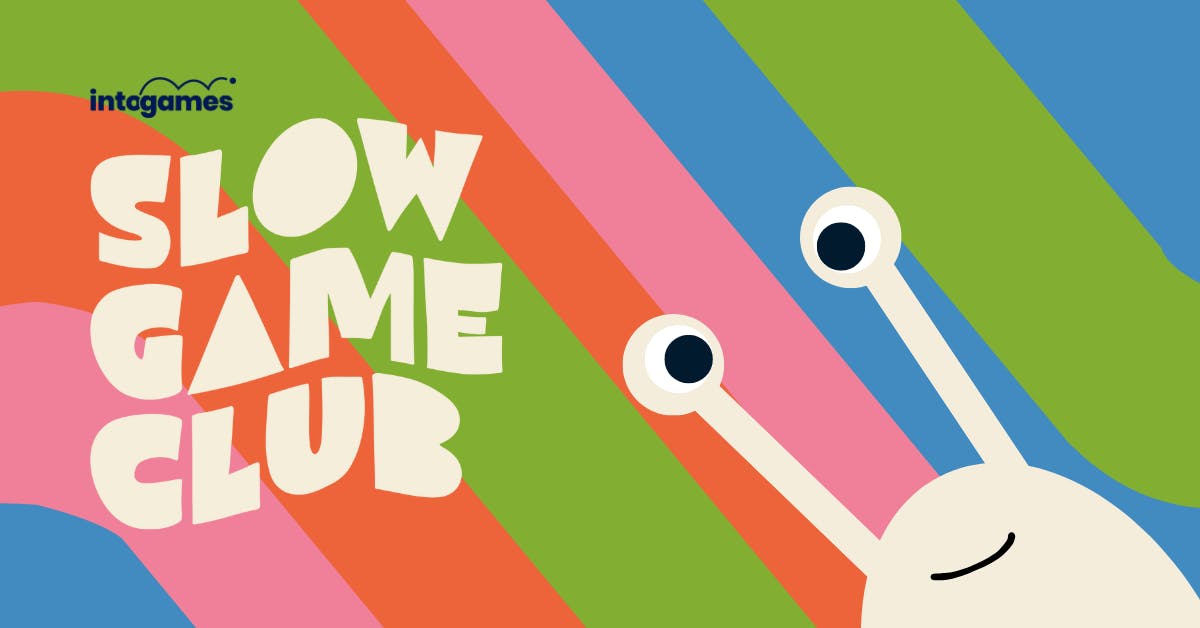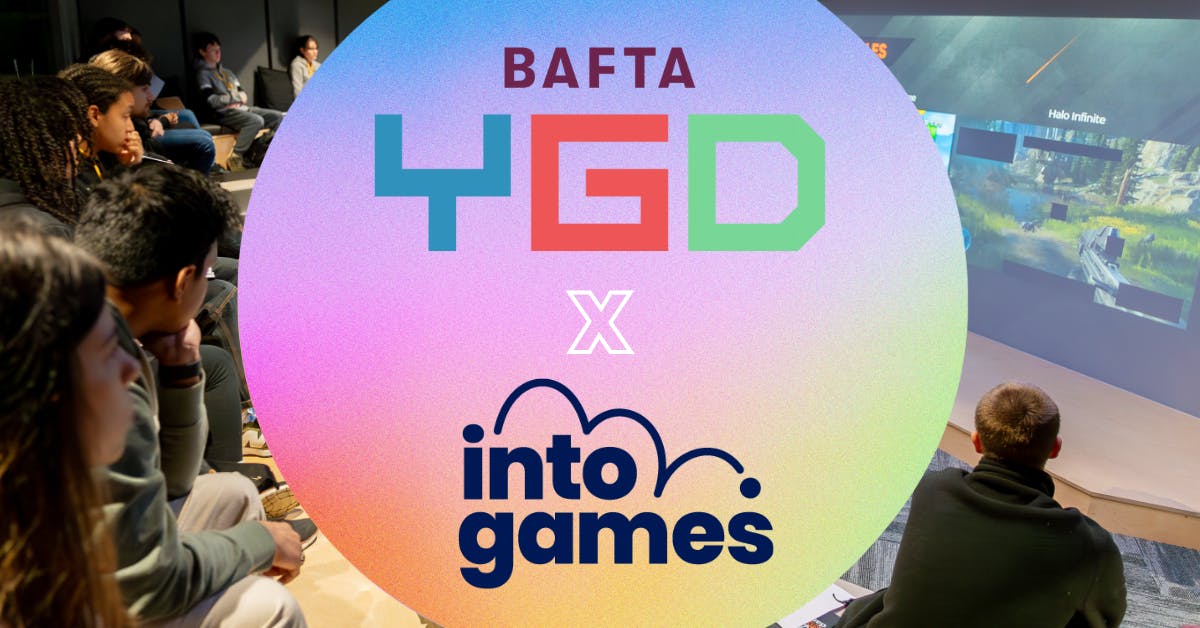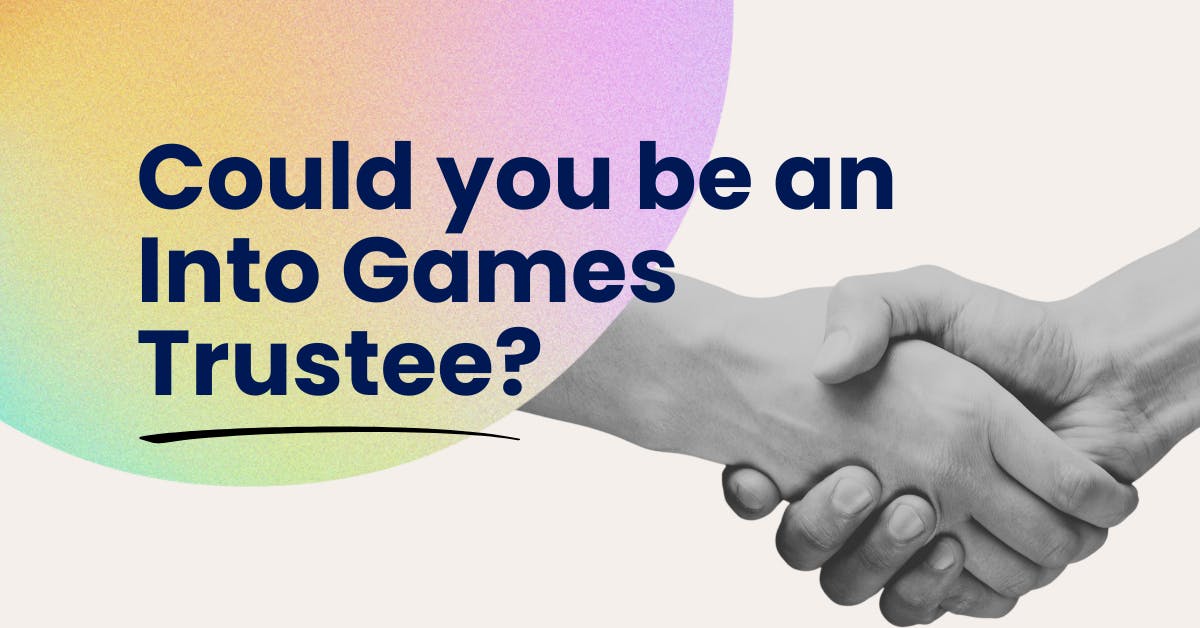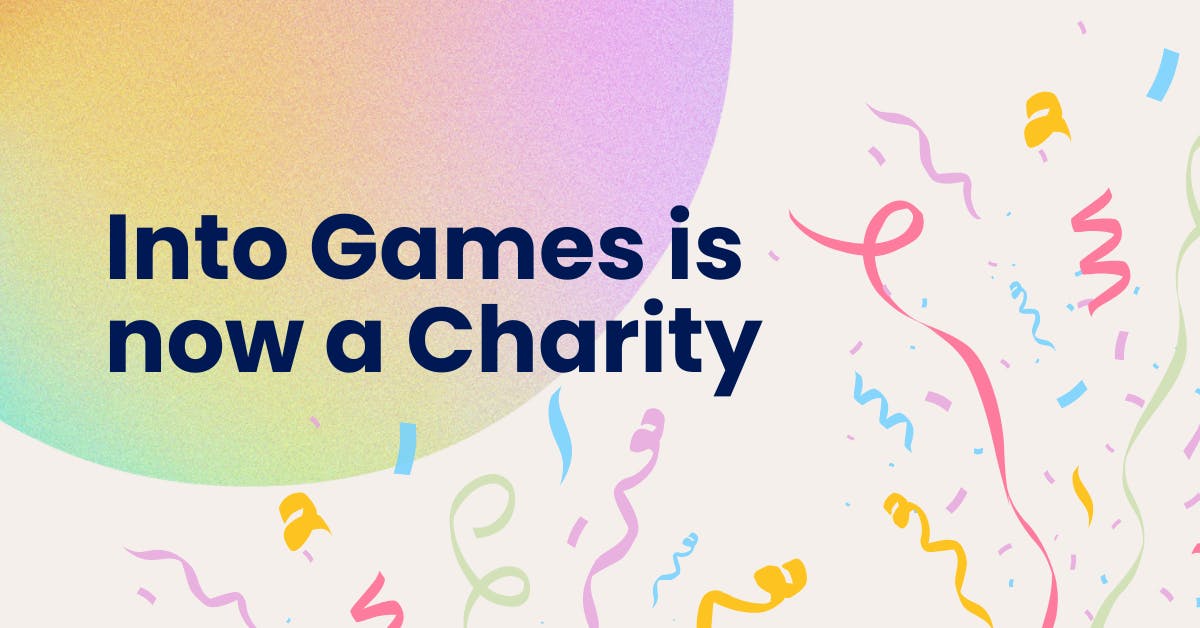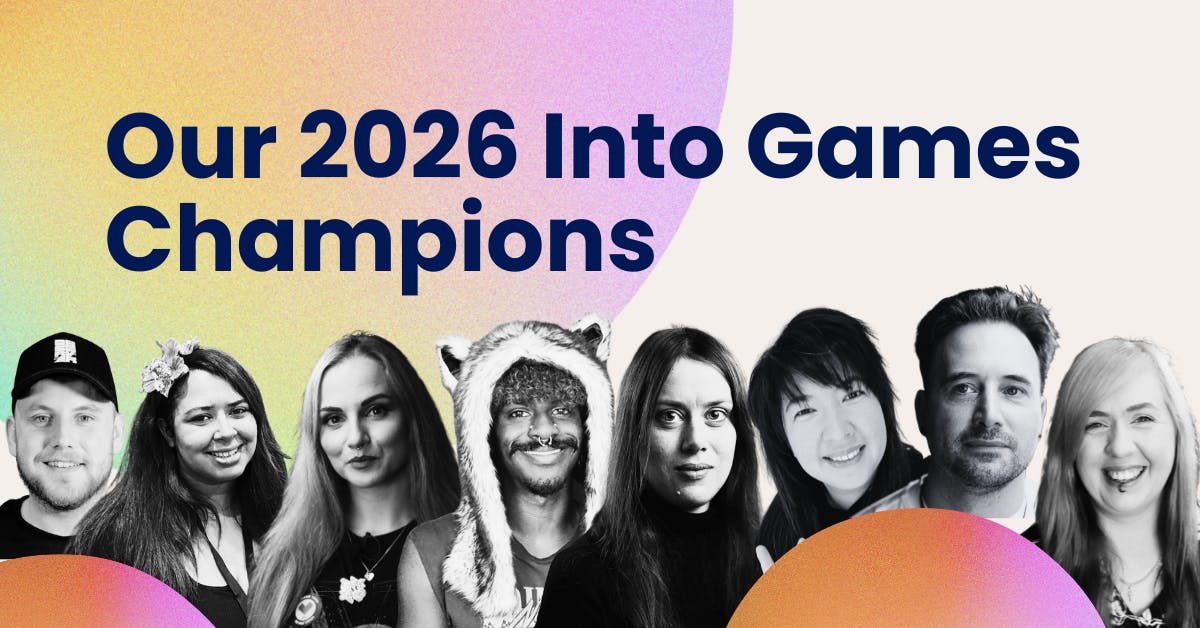
23 September 2021
Helping parents decipher a good game from a bad one
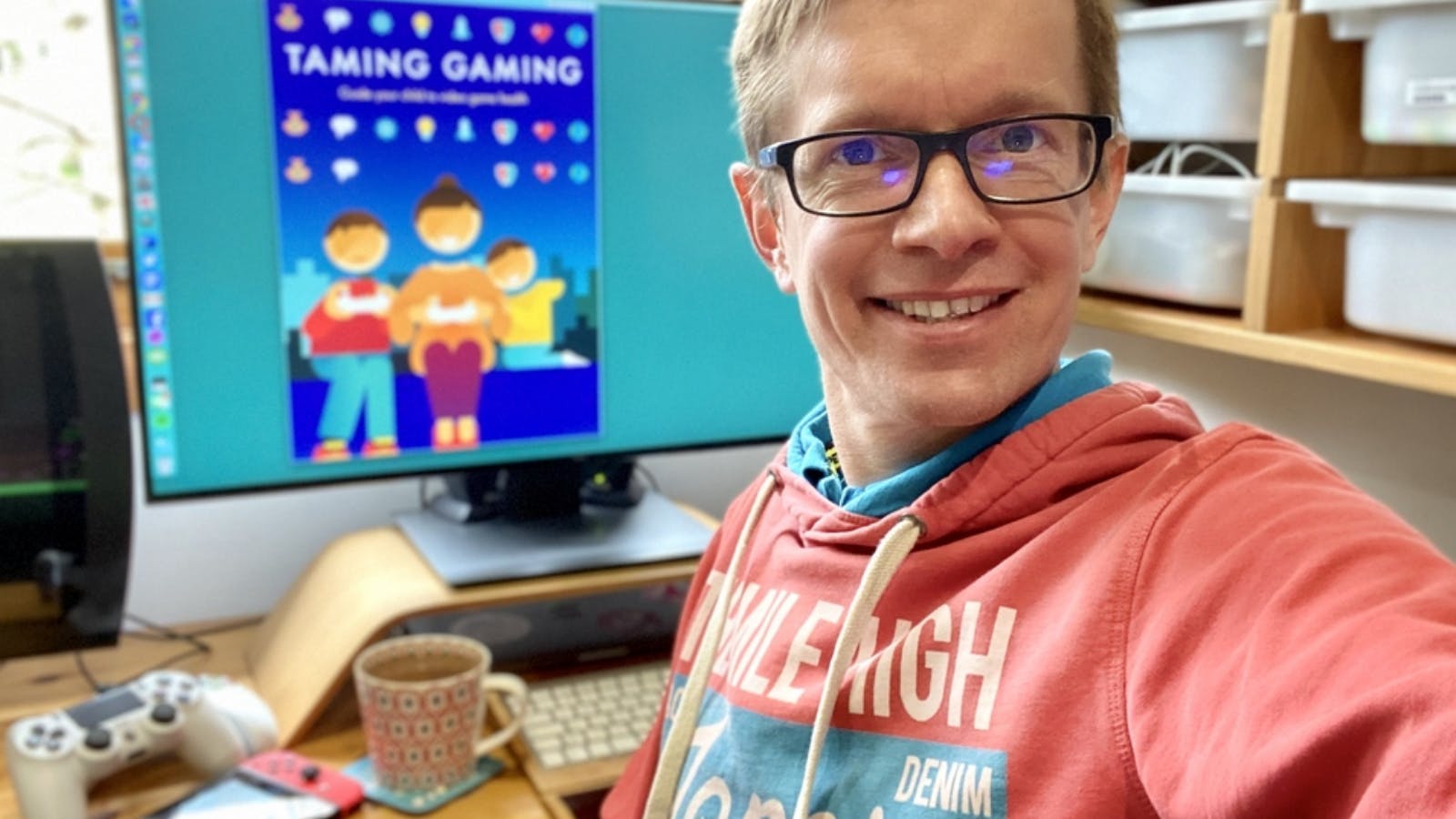
Conversations about video gaming between parents and their children have been going on for decades. Parents are always hungry for advice on what games to buy their kids and whether or not it's even advisable to encourage a child to enter the world of games. On the other side there's the children themselves who are equally curious about video games and seeking out the ways in which they can get the most enjoyment out of a gaming experience and perhaps also how best to pitch a new video game to their parents as potential future gifts.
Many times these conversations get lost in translation with parents and children becoming more frustrated with each other as the line of understanding drawn between them grows wider and wider thanks to the constant deluge of misinformation shared by news publications who choose to paint video games as a villain. This is where the Family Video Games Database comes in.
Created by freelance video games journalist, Andy Robertson (featured on Forbes Tech, BBC, and The Guardian), the Family Video Games Database and Andy's book Taming Gaming act as guides for those who are looking for detailed advice on what games are appropriate for what audience. You can look for individual games themselves, find alternative games for a younger audience, filter out games through their accessibility options, and even look up lists generated for more specific audiences.
Into Games had the chance to sit down with Andy and learn more about his process for starting the Family Video Games Database, advice for parents who are curious about starting their kids' journey into games, and more.
First off, who do you feel is the Family Video Games Database’s intended audience?
The database is designed for parents who don’t play many video games themselves. It’s jargon free and aims to help them build understanding and confidence to guide children in healthy directions.
The Family Video Games Database is really extensive and super helpful for parents. How did you first come up with the idea?
I had written my Taming Gaming book. It was unfortunately delayed due to printing during the pandemic. I thought I’d use the time to create a little website to promote the book when it was finally out. So we made TamingGaming.com and included the 60 or so game recommendations from the book.
To our surprise it was really popular. Particularly the lists of games about mental health (Games for Calm, or Hopeful Games). We ended up on BBC Breakfast and it really took off. From there we’ve worked hard to add more games (1500 now) and lots of features to help parents find games that fit their children (including accessibility search).
Being a gamer and a parent sometimes is a bit of an oxymoron with many gamers not being parents and many parents who would never identify as a gamer. How have you found trying to unite non gamer parents with their gamer children?
I think the term “gamer” has had its day really. Most people play some sort of game and we don’t talk about “watchers” or “non-watchers” in terms of TV viewing. But it’s a good question, because parents often rule themselves out of playing games themselves.
The database has a whole load of game suggestions to get no-playing parents started. Those that do tell us it really transforms the conversation about games in their home.
One of the gems of advice you give to parents is to play games themselves. Are there any specific games or types of games you’d recommend parents to start with?
These lists that suggest games for parents aim to find experiences that are short, affordable and can be played on devices they already own. Another good idea is to play games about themes that are important to you. Bury Me My Love has been popular with its unusual telling of the plight of refugees.
How have your own kids responded to your taming gaming projects?
My children have actually been really helpful to suggest games to add to the database. They were playing Among Us before it really made headlines. So I added it to the database and now it gets loads of parents reading that page every day.
Sometimes my kids find it funny, if they google a game to check the age rating and then it’s the database that’s the first result. They can’t escape. But generally, we really see the project as something the whole family contributes to.
There are quite a few specialised lists on the database. Could you walk us through some of your favorite lists to refer to people?
I love making lists about areas of life that I’m not an expert on. I’ll find an organisation with some expertise in something and then work with them to define a criteria for the games they’d like to find. Then it’s down to me to find games that match.
I loved working with the Mermaids charity to create a list of games that create space to consider gender. I also worked with the National Literacy Trust to create a list of games that get kids reading.
In each of these cases, it often seems like you aren’t going to find any games that fit the criteria but once you start looking there are loads. As you can see from the size of those offerings.
Accessibility has been highlighted more and more in recent times thanks to the efforts of organisations like Special Effect and accessibility activists. Could you walk us through the Family Video Game Database’s accessibility options and how you put this feature together?
We have worked with a range of accessibility experts to add key accessibility data to the database for game Difficulty, Reading, Navigation, Controls, Visuals, Audio and Communication. These 100 or so data points are designed to highlight accessibility features that video games offer, both from inclusive design and specific accessibility settings.
Accessibility Search enables visitors to use the data to discover games with specific features in the Accessibility Search. This enables you to select a range of accessibility criteria in addition to age rating, system, genre and costs.
Accessibility Reports are offered on lots of the games on the database to provide information about the features that the game offers. This page also suggests similar games with more accessibility features in each area.
Finally, we have an Accessibility Questionnaire, that developers can complete for their games. This improves the coverage and accuracy of our accessibility data we provide bespoke accessibility questionnaires to developers to complete.
We talk a lot about parents when it comes to children’s video game habits, but some of the work has to also be upheld by young adults. Do you agree with this and how do you feel young adults can do better to invite children into the video games space?
Like any media, video games are enjoyed by a range of ages. This means that parents can play a role to help their children develop healthy habits. They can raise kids that think about other players wellbeing as well as just winning.
But this isn’t a problem to lay at the feet of parents, we all need to work together to make gaming a positive experience. Children often look up to aspirational older players (and streamers) who set the tone of the conversation and how they interact when they play online.
Healthy role models and strong clear guidance makes a big difference. Together, we can help families be more ambitious about the games they play. They will still find lots of entertainment I’m sure, but also see games as a way to engage with deeper topics, to enjoy collaborating and to discover new stories.
----
Thank you so much to Andy Robertson for answering all of our questions and for creating the Family Video Games Database. If you're curious to learn more about Andy's work, we're hosting a special parent's night with Creative Assembly on 15th December so register now so you don't miss out!
Stay up to date
It's time to level up your inbox
Pick which newsletters you're interested in receiving, and customise further by specifying a discipline.
Join our mailing listTell me more

